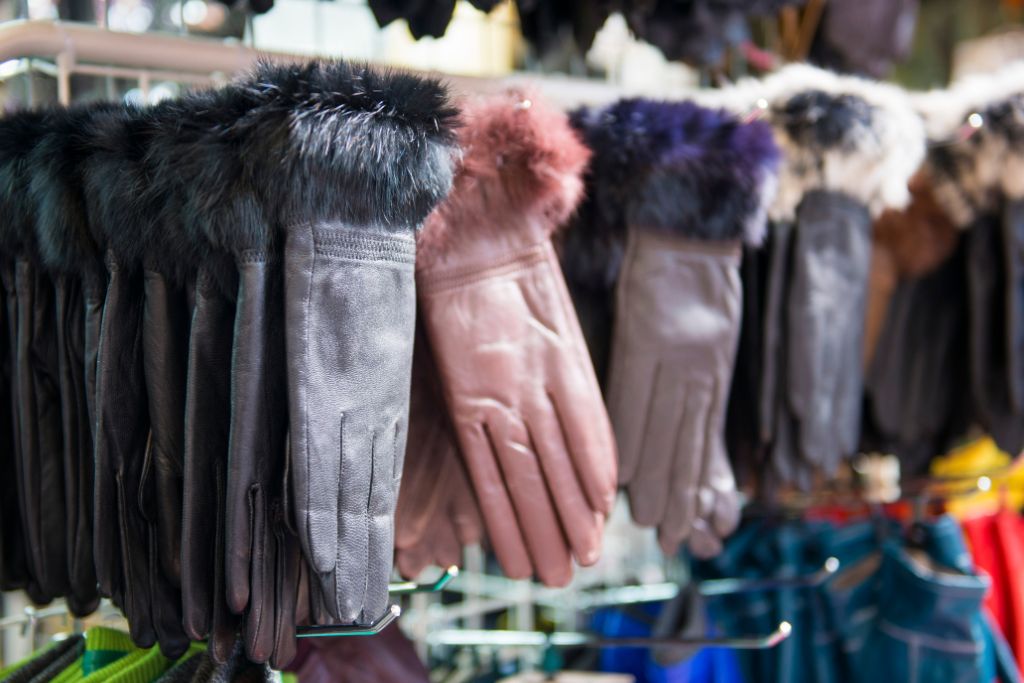The technology of the modern world is influencing all sectors, including the fashion industry. This is mainly because it helps to speed up the process and saves total time by simplifying human efforts. Some important software used in the designing process includes Coral Draw, Apparel Magic and many others. One exciting trend is eco-friendly fabric creation. It takes 10 thousand litres of water to make a pair of jeans, and designers are working on materials like spider silk that can cut that number dramatically.
Production
Technology is making it easier for fashion brands to showcase their designs to a wider audience. For instance, there are now apps that allow customers to try outfits on their avatars and make purchases based on that. This is a great way to avoid purchasing clothes that don’t fit and also reduces waste.
The fashion industry is increasingly incorporating sustainability into its business models. They are focusing on improving sizing and fit, personalization, and promoting reuse. They are also working to improve worker rights and ensure that their products are produced ethically.

Traditionally, the power structure in the fashion industry has been heavily weighted on the side of luxury fashion brands and traditional high-end print magazines. But as technology continues to disrupt every aspect of the industry, this power balance is shifting. Fashion companies that can adapt to the new reality will likely be the most successful. This will require them to adopt innovative new technologies that are more efficient, less wasteful, and more sustainable.
Marketing
Fashion technology has a big role to play in helping brands respond to customers. For example, social media can help companies collect data on customer trends and need to improve sizing and fit, personalization, and reuse.
Another area where fashion can benefit from technology is supply chain management. McKinsey’s “State of Fashion” report found that overproduction is a major source of waste in the industry and that more streamlined inventory management and a better focus on best-selling products could reduce it significantly.

Technology is also helping fashion brands meet the demands of younger generations who are increasingly concerned about sustainability. One example is 3D printing, which allows designers to experiment with new designs without creating physical waste. Additionally, startups like Modern Meadow are developing lab-grown leather that doesn’t harm animals, while EntoGenetics is using super-strong spider silk to make clothing. These innovations could reduce the amount of textile waste in the industry. Moreover, they will help brands meet customer demand for sustainable fashion faster and more efficiently.
Distribution
The initiation and intervention of technology have seen significant developments in many industries including the fashion industry. This is not only beneficial to brands but also to consumers. It makes the shopping process easier and more convenient.
Traditionally, fashion has been centred around catering to customer tastes and trends, and the most successful brands have had an excellent pulse on what the market wants at any given moment. But today, with increasing societal awareness of climate change and a renewed sense of urgency, customers are looking for something more sustainable.

One of the biggest challenges in fashion is waste. Only a fraction of garments are currently recycled back into the fashion value chain, and that’s an eye-popping stat for any industry. Fortunately, advances in technology such as 3D printing will help us move closer to a closed-loop system for fashion. This will reduce our reliance on mass production and avoid unnecessary waste. It will also enable fashion brands to manage inventories more accurately, reducing the risk of overproduction.
Customer Service
Fashion brands are embracing technology to provide better customer service. For example, they are now able to offer their customers a virtual clothing try-on experience when shopping online. This has been made possible by the use of different technologies such as 3D knitting.
This new technology allows brands to produce garments more quickly and efficiently. This has helped to lower manufacturing costs which can then be passed on to consumers. Furthermore, it has reduced the amount of waste produced by the industry. This has been an important issue since the fashion industry is one of the most polluting sectors of the global economy.

Despite the positive impact that technology has had on fashion, there is still room for further development. The industry needs to find ways to combine its creativity with technology to create innovative products. Moreover, it is important that the industry embraces a culture of openness and transparency in order to keep up with consumer demands.
Technology revolutionizes the fashion sector. Fashion has changed in design, production, marketing, and sale. “Applications of 5G Technology – How Can it Revolutionize the Industry?” sheds light on how 5G technology may affect fashion. Faster and more dependable communication can improve virtual try-on experiences, real-time cooperation, and supply chains. 5G technology boosts fashion sector efficiency, connectivity, and innovation. 5G’s fashion applications show how technology might change the industry’s future.















Comments